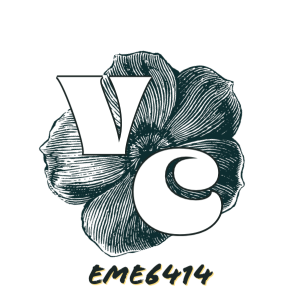Crowdsourcing is not a new concept to me. In fact it is highly used by every programmer (we live on Stack Overflow). Crowdsourcing is also used in so many other ways in education and everyday life. As pointed out in our tools this week, Wikipedia is one of the most used crowdsourcing tools for knowledge. I read the paper on crowdsourcing and self-instruction, Wilson (2018).
The paper talked about creating an assignment where the students created a teaching resource for future use where they created a historical timeline of event in Latin America. It is a very interesting read that goes into great detail of the process for replication. What stood out immediately is that it sounded like creating an open education resource (OER). So what is the difference? Is there a difference?
The only overarching difference I see is how you choose to share the completed resource. OERs are The creation of open education resources can be completely on the instructor or instructors or can involve the students. In one of my first blog posts, I talked about my desire to incorporate OER creation activities into my courses. Reading this paper has given me some ideas as I start my tool evaluations this week. Crowdsourcing is just one way of executing this type of exercise. The paper discussed great ways to build in checks on the content.
My plan is to have students work in groups of 4 to write a 8 chapter book on programming in C++. It will be an additional resource added to our textbook. Each team will generate their original content and the chapter editors from each will meet and come up the final text. I hope to share more as I test the tools and flesh out my activity plan.

